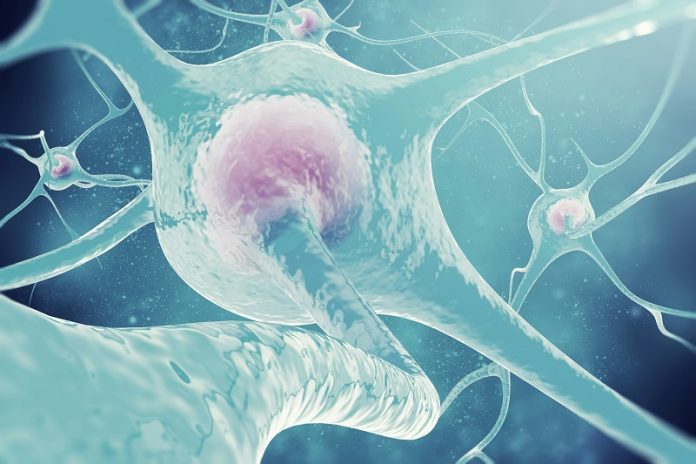
Researchers from Duke-NUS Medical School and the Mechanobiology Institute at the National University of Singapore have discovered a new method to activate dormant neural stem cells in the brain.
This breakthrough could lead to new treatments for neurodevelopmental disorders such as autism, learning disabilities, and cerebral palsy.
Neural stem cells in the adult brain typically remain inactive until they receive specific signals to “wake up.”
Once activated, these cells produce new neurons, which help repair and grow the brain.
However, when these cells fail to activate properly, it can lead to conditions like cognitive decline associated with aging and neurodevelopmental disorders such as microcephaly—a condition where a baby’s brain doesn’t develop fully, resulting in a smaller head size.
Neurodevelopmental disorders, which affect around five percent of children and adolescents worldwide, can lead to difficulties with thinking, communication, behavior, and motor skills.
To better understand how to activate dormant neural stem cells, the scientists studied fruit flies, whose brain cells behave similarly to those in mammals.
Their study, published in Science Advances, revealed that a type of brain cell called astrocytes plays a crucial role in waking up dormant neural stem cells in fruit flies.
Astrocytes were previously thought to mainly provide structural and nutritional support in the brain, but this research shows they also send signals to activate stem cells.
Using advanced microscopy, the researchers examined tiny structures in the dormant neural stem cells of fruit flies. These structures, rich in actin protein filaments, are activated by a protein called Formin.
The team discovered that astrocytes release a signaling protein called Folded gastrulation (Fog), which triggers a series of reactions that activate the Formin protein pathway, leading to the movement of actin filaments. This process wakes up the dormant neural stem cells, enabling them to start dividing and creating new neurons.
The researchers identified that the signaling pathway is controlled by a receptor protein named GPCR, which responds to the Fog protein released by astrocytes.
GPCRs are already known to be significant drug targets, as they play major roles in essential cell processes. Understanding how this pathway reactivates neural stem cells could help develop new therapies for neurodevelopmental disorders using existing drugs.
Professor Wang Hongyan, the senior author of the study, emphasized that this discovery adds valuable knowledge to the limited research on how dormant neural stem cells are reactivated.
The researchers are now exploring other signals from astrocytes that might influence neural stem cells and investigating whether similar mechanisms are involved in the human brain.
This study is part of ongoing efforts to better understand the brain’s fundamental mechanisms and develop new treatments for neurological conditions.
If you care about brain health, please read studies that eating apples and tea could keep dementia at bay, and Olive oil: a daily dose for better brain health.
For more health information, please see recent studies what you eat together may affect your dementia risk, and time-restricted eating: a simple way to fight aging and cancer.



